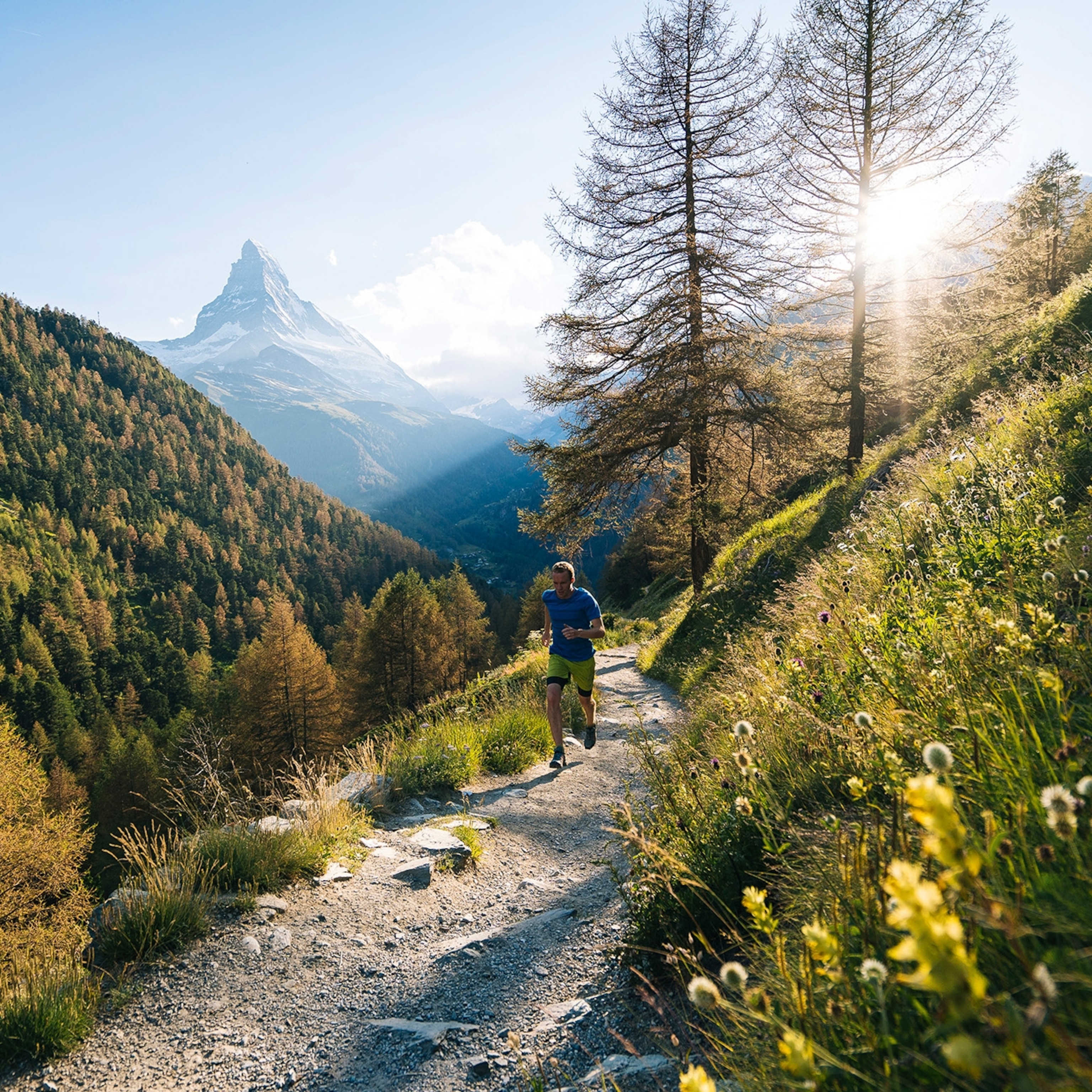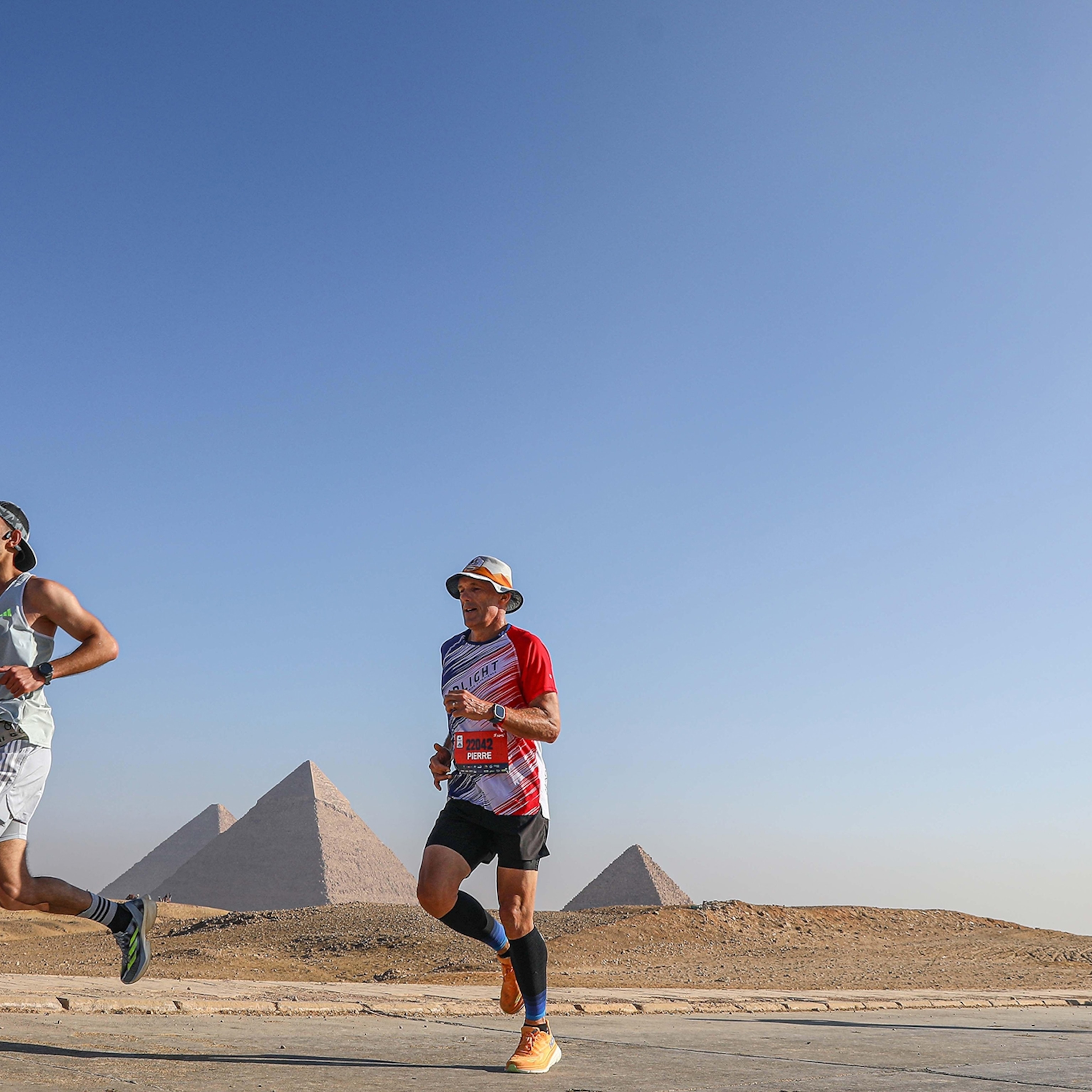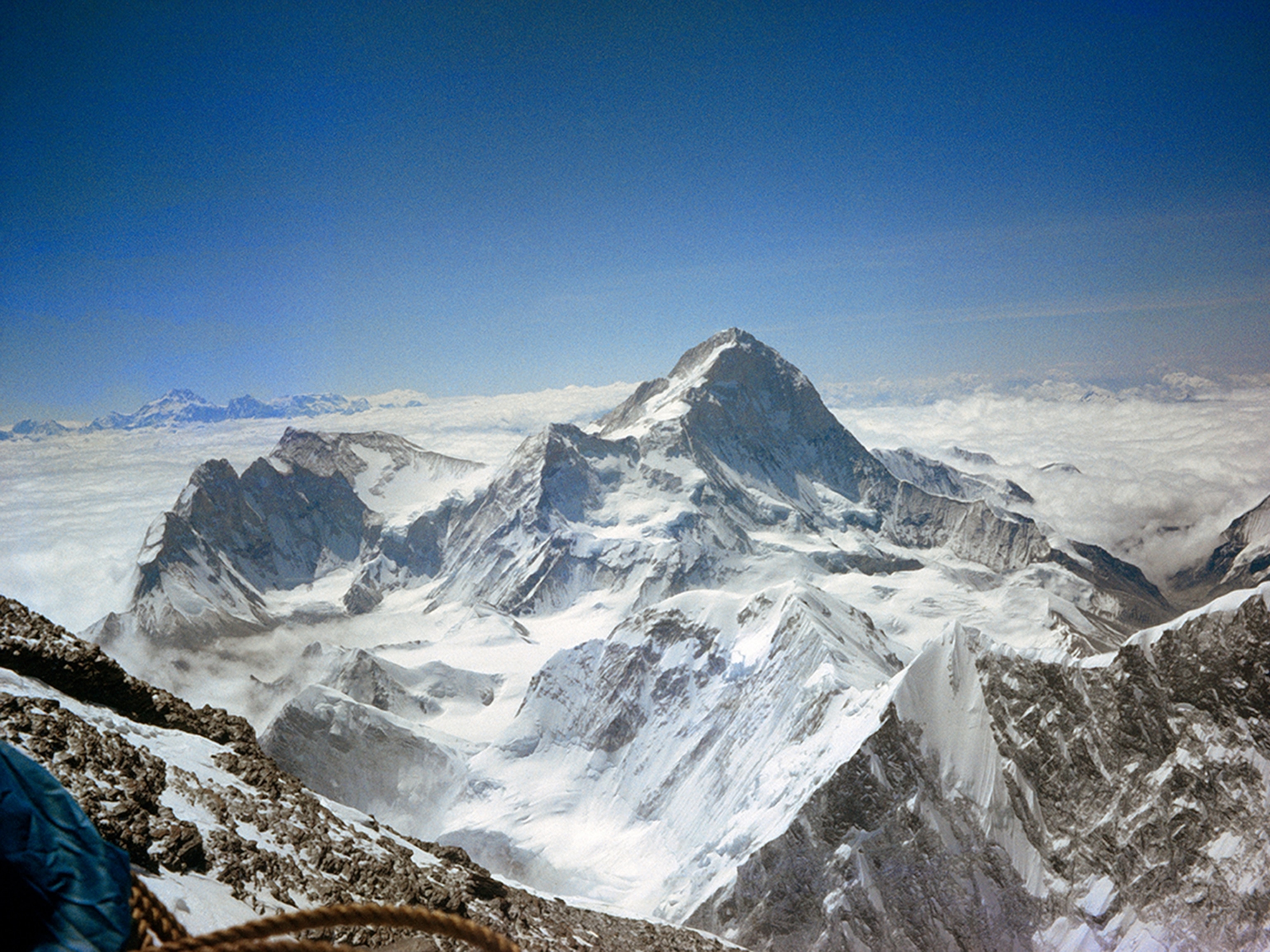This Mountain Runner Scaled Everest Twice in Under a Week
Fueled by a love of the mountains and a drive to push his physical limits, Kilian Jornet achieved what no other mountain runner has before—two Everest summits without oxygen in about five days.
Kilian Jornet arrived to Everest base camp with the goal of setting a Fastest Known Time (FKT) for a roundtrip ascent of the world’s tallest mountain from the Tibetan side. What the 30-year-old mountain runner from Spain actually achieved on Mount Everest (8,848 meters) in May 2017, however, defies easy categorization.
“I came into this project not knowing if it was even possible to climb Everest without oxygen,” he says. “It was all about learning from the beginning.”
The headlining details are that Jornet reached Everest’s summit twice within a single week, first on May 22, then again on May 27. Both times he climbed solo, without the use of supplemental oxygen, without fixed ropes, and without reliance on supplies or support.
Climbing Everest without oxygen twice in the same week has been done once before, in 2007 by Pemba Dorje Sherpa, whose ascents were seven days apart. Jornet’s ascents, meanwhile, were separated by just over five days.

Prior to Everest, Jornet acclimatized by climbing Cho Oyu (8,188 meters), the sixth highest mountain in the world, on May 7. This means Jornet tagged three 8,000-meter summits within 20 days, a feat only eight other people have ever accomplished.
(He also had another acclimatization run, sometime between Cho You and his first Everest summit, which brought him above 8,000 meters, meaning he actually climbed to above 8,000 meters four times in just three weeks.)
“Seeing that I could make four ascents over 8,000 meters in less than one month was really the thing that I keep as the best experience,” Jornet says.


A Complicated Record
When it comes to assessing Jornet’s Everest speed times, however, it gets harder to set the record straight.
Other climbers who have attempted speed ascents on Everest have typically begun timing their summit bids at Advanced Base Camp, at 6,400 meters. Jornet, however, initially made the decision to start his stopwatch at Rongbuk Monastery, where the paved Chinese road ends and the trail to Everest basecamp begins. This, in part, was an attempt to bring a fixed landmark to the often arbitrary practice of claiming Fastest Known Times.
Jornet’s time of 26 hours from the monastery, with an elevation of 5,100 meters, to the summit of Everest, at 8,848 meters, is extremely impressive, but also difficult to compare.
Further, Jornet had food poisoning, which slowed him down, especially above 7,000 meters. “I had diarrhea, vomiting, but I knew it wasn't going to kill me,” says Jornet. “It was good to see that, even with not feeling 100 percent, if you are physically strong, it's possible to just keep going.”
Nevertheless, Jornet was apparently dissatisfied with his initial performance because five days later, he went for a second speed attempt. This time, however, he started his stopwatch where other climbers began their speed ascents, the indistinct region called Advanced Base Camp.

On this effort, Jornet claims to have climbed to the summit in 17 hours, which is about 15 minutes slower than at least two prior records. In 1996, Hans Kammerlander climbed without oxygen from ABC to the summit in 16:45—although he used on-mountain support. In 2006, Christian Stangl claimed a time of 16:43—and he had no support.
Of course, neither Kammerlander or Stangl had already climbed Everest five days earlier, as Jornet had.
Again, what Jornet achieved on Everest in 2017 defies easy categorization. Yet a deeper dive into the details surrounding his ascents begins to illuminate an accomplishment that can rightly be considered one of the most insane feats of endurance and grit the mountaineering community saw in 2017.
“High-altitude climbing has been stuck in pretty traditional ways for a long time, and Kilian is showing what's possible when you bring a new level of athleticism to the mountains,” says Adrian Ballinger, a California-based mountain guide who nominated Jornet for Adventurer of the Year.
“What makes [Jornet’s Everest ascents] so impressive was that it seemed like he didn't reach his potential last year. He had a terrible operator, he had stomach illness, his food was bad. All these things are basically beginner mistakes in the Himalaya. If he starts dialing in his system, I believe he could go so far beyond what we've seen.”


The Gift of Quick Recovery
Jornet is physiologically gifted, to put it mildly. He has scored a V02 max of 92 ml/kg/min, one of the highest rates ever recorded. At 33 bpm, his resting heart rate is absurdly low. He trains over 1,200 hours per year, but sleeps just seven hours per night—a statistic that should boggle the mind of any serious trainer.
“We have just one life, and sleeping is a waste of time!” Jornet says.
- National Geographic Expeditions
His ability to train constantly, virtually never take rest days, win back-to-back 100-mile races, and climb Everest twice in the same week without oxygen appears to hinge on his uncanny ability to recover quickly.
“Since I was a kid, recovery was one thing I was very good at,” says Jornet, whose parents were mountaineers. Since he was three years old, climbing to 1,000-meter summits in Spain with his family, Jornet has held an insatiable passion for moving in the mountains.
Part of Jornet’s pre-Everest training preparation was also mental. He would push himself on 30-hour runs, through the dark, cold, or other stressful situations in order to prepare his mind for difficult decision-making situations.

“Emotional control is very important,” says Jornet, “especially in mountaineering. Euphoria can be just as dangerous as fear. You can be happy, but you need to be able to really not listen to these emotions when making decisions to keep going.”
“I saw firsthand the joy in his eyes at moving fast in the big mountains,” says Ballinger, who was on Everest at the same time as Jornet. “He obviously loved it and was willing to suffer really hard to achieve these summits.”
For Jornet, the superlatives and records truly do seem secondary to the fact that he managed to spend a month climbing and running free in an environment scaled to match his boundless energy.
“For me, this project was about learning a lot about climbing, logistics, and seeing what was possible,” says Jornet. “What I love is that when you finish a project, it just opens new doors to figure out what’s next.”







